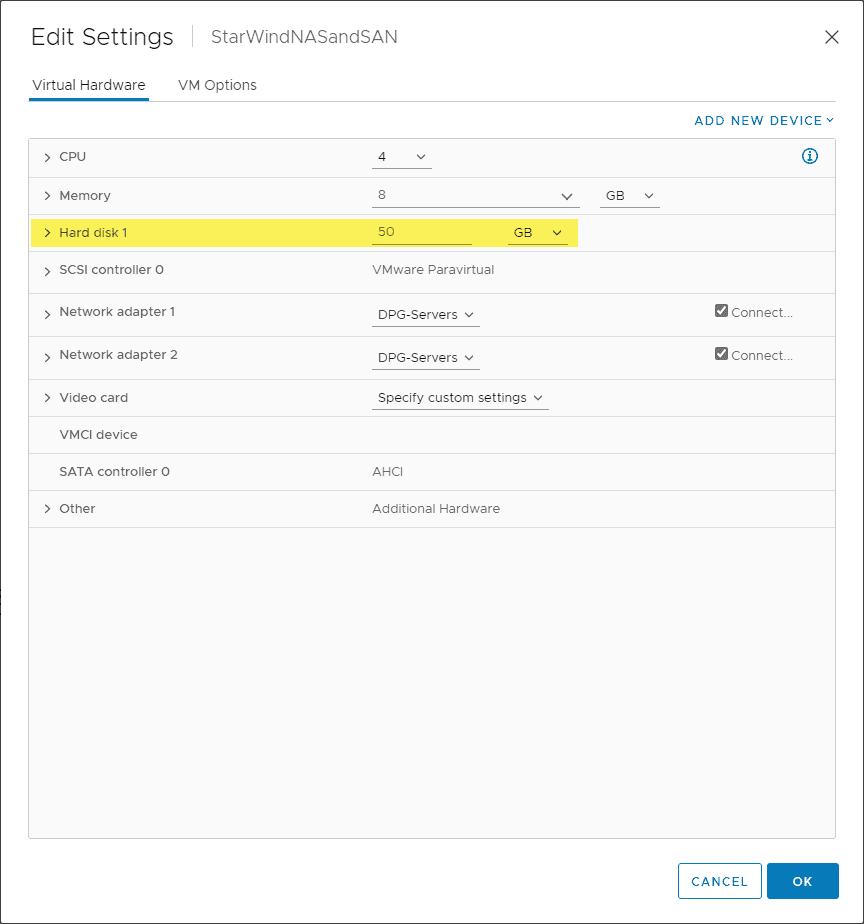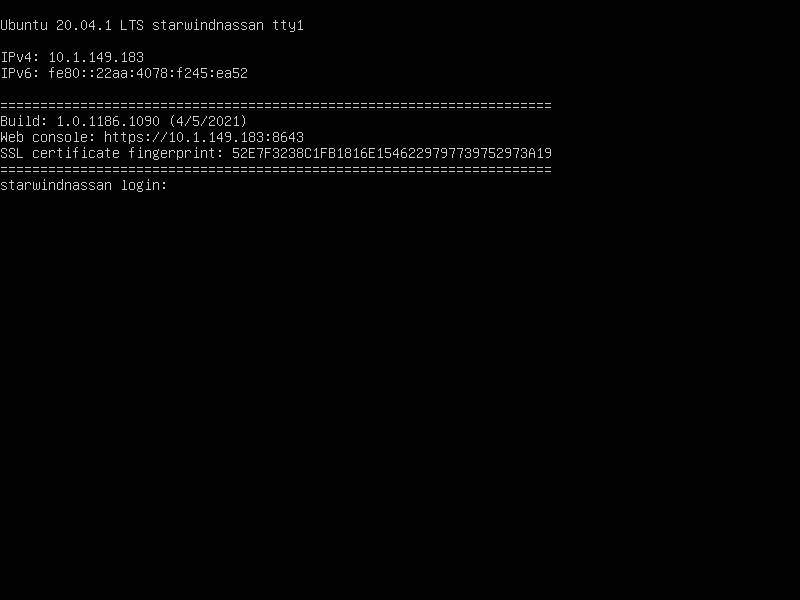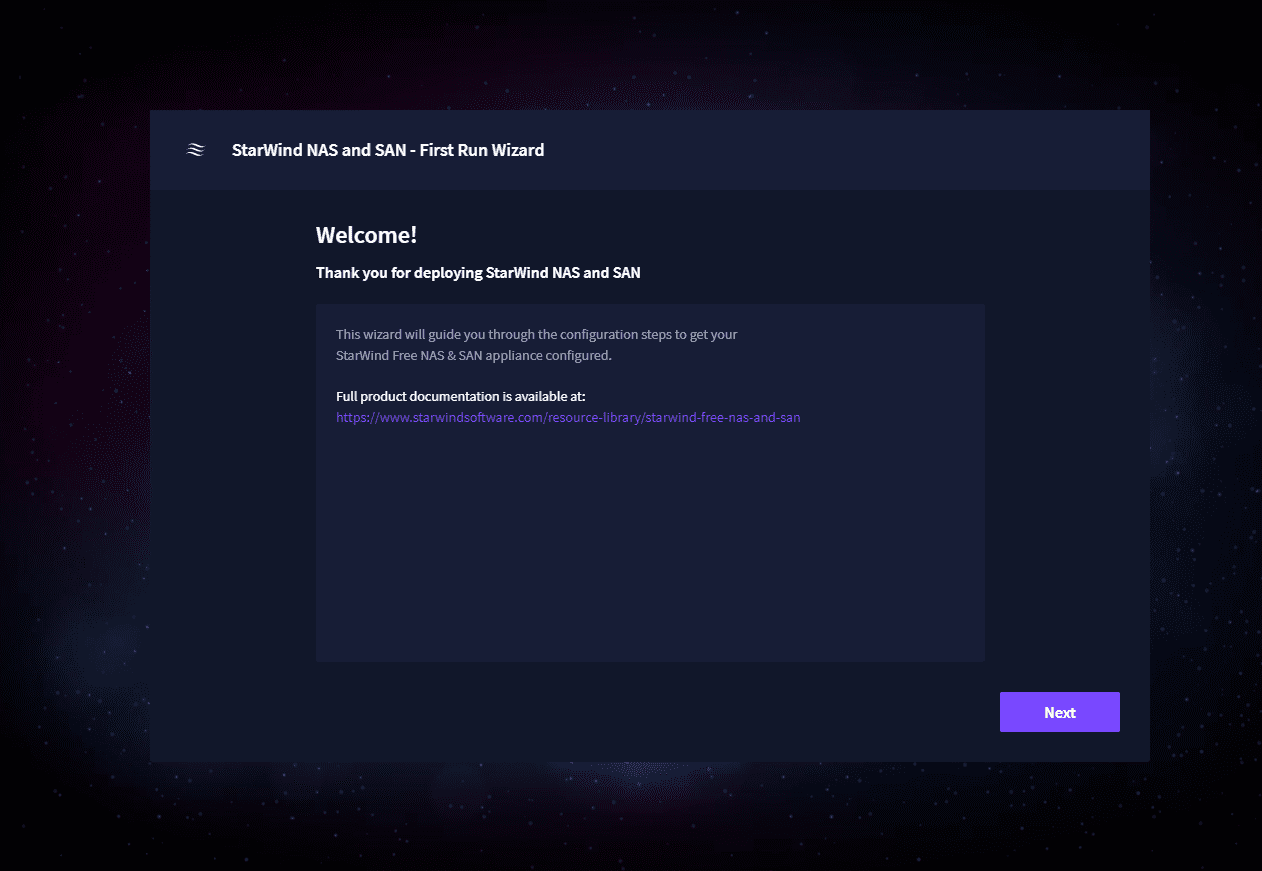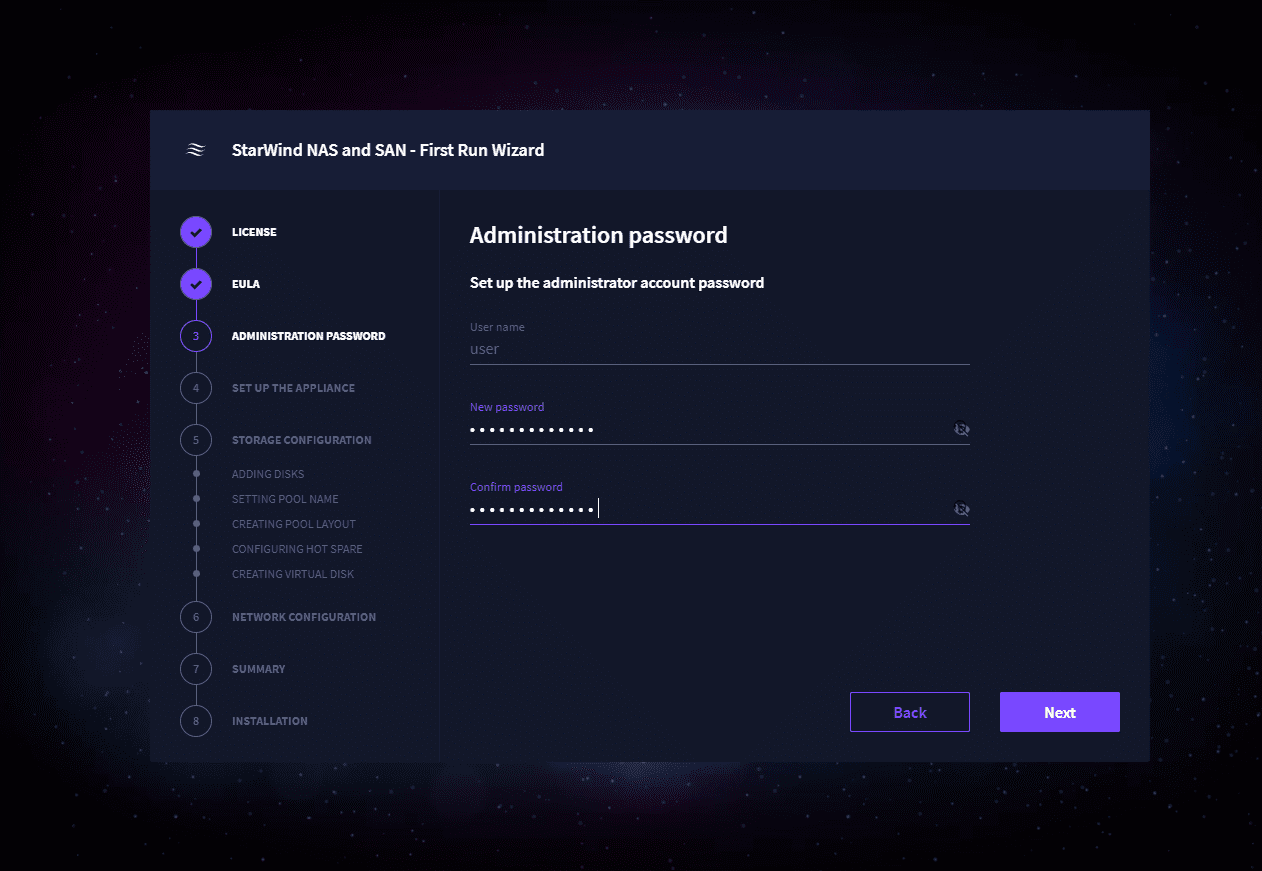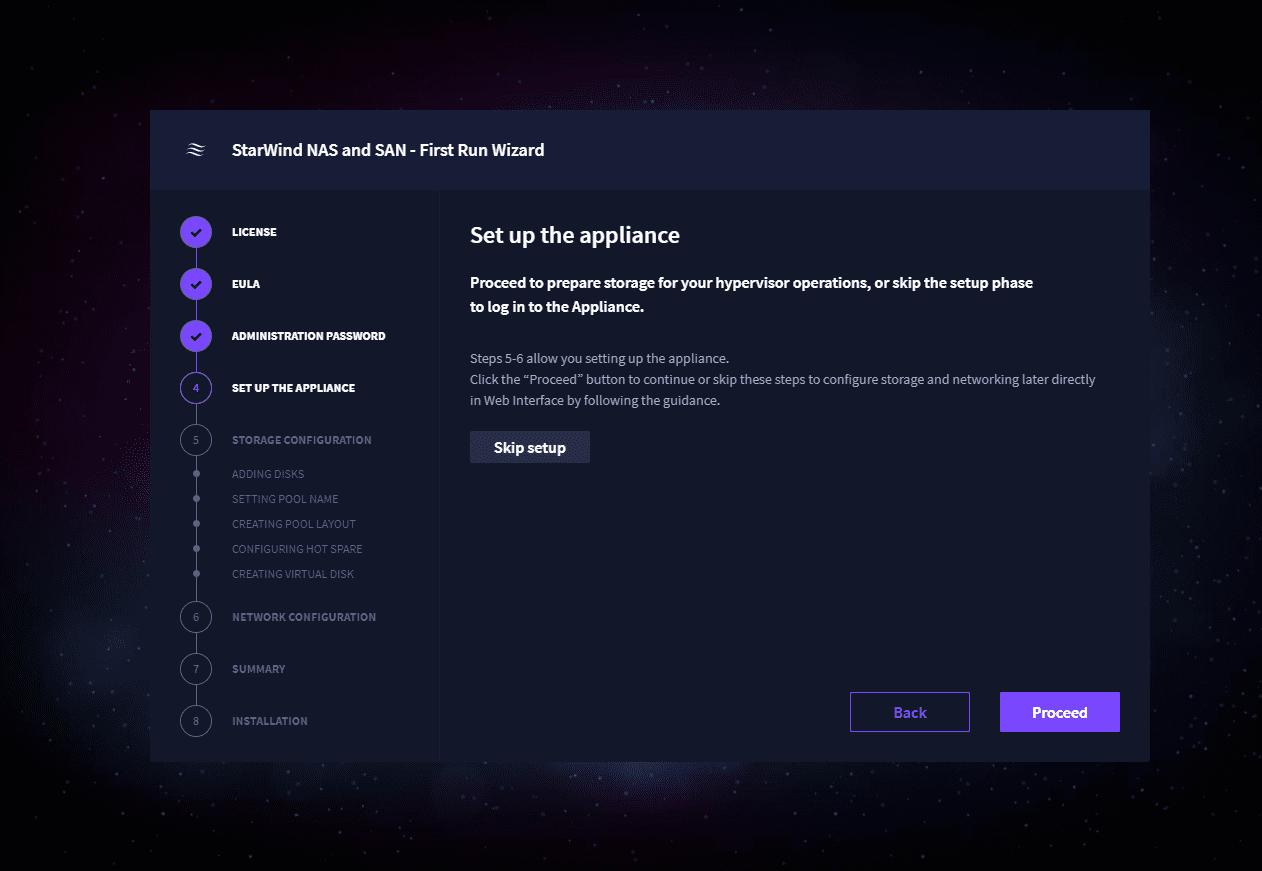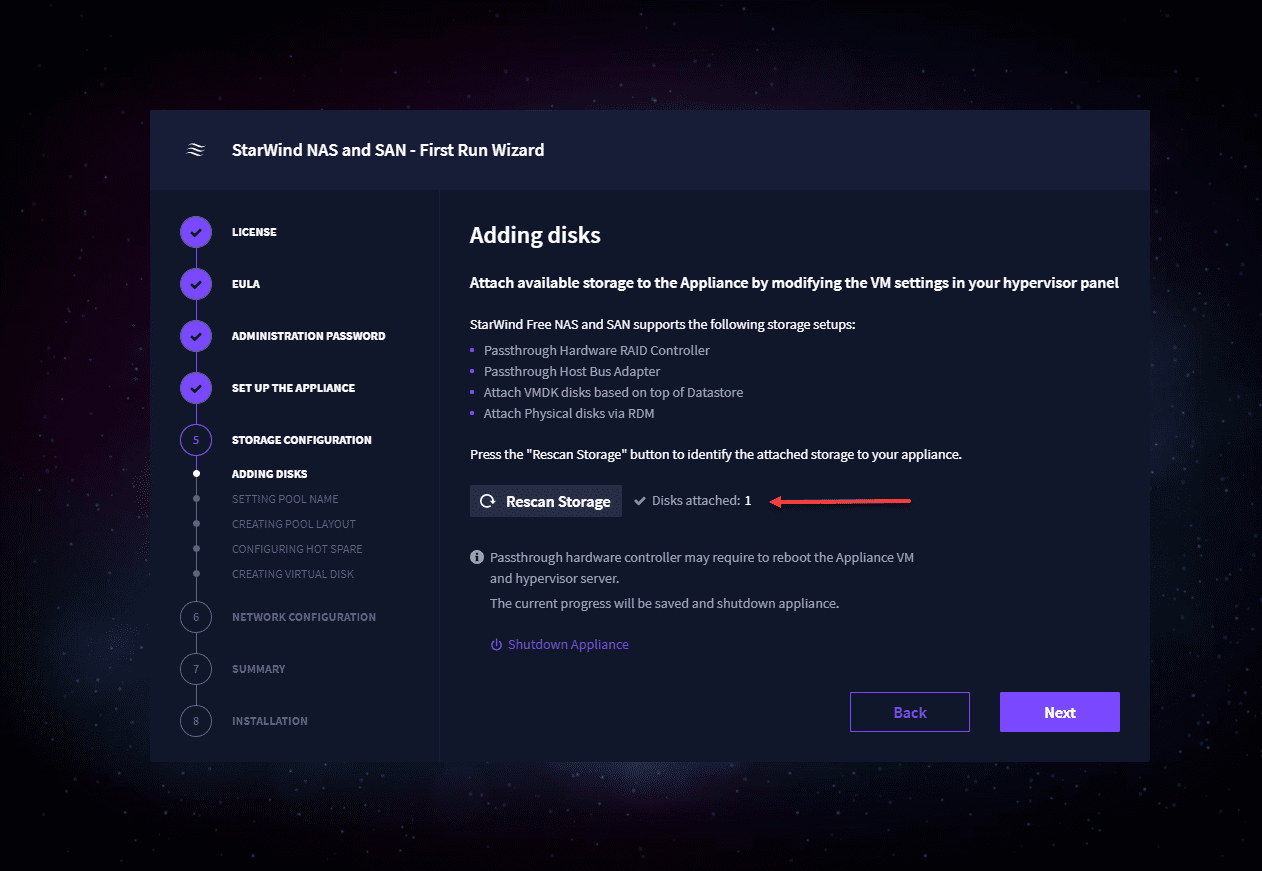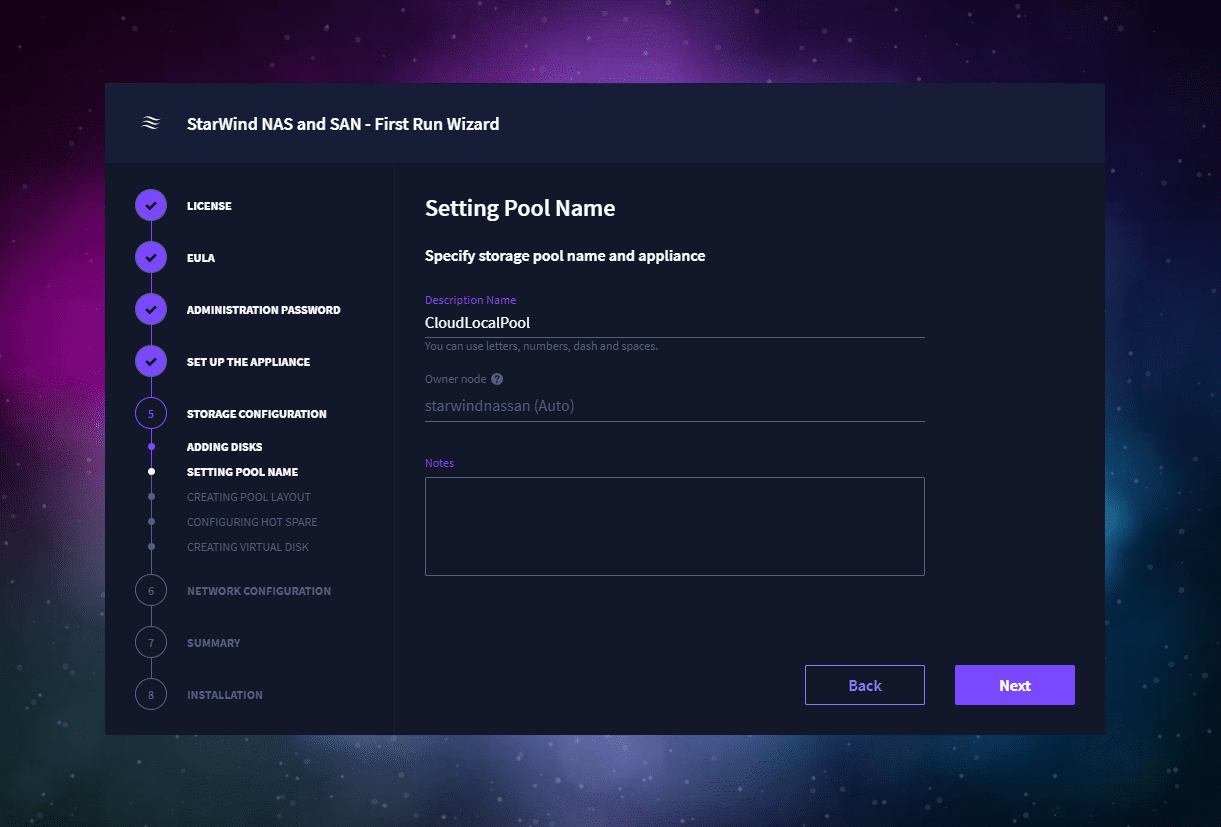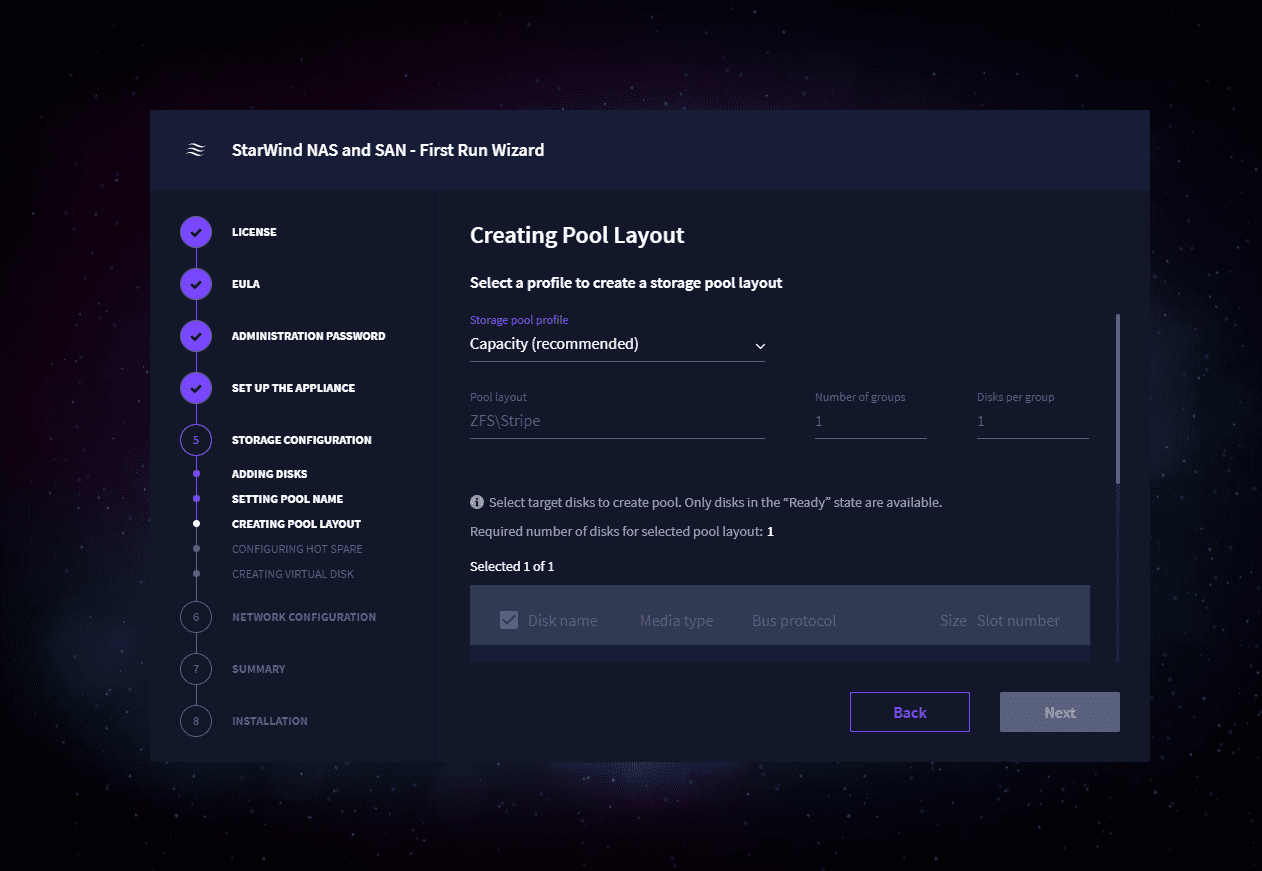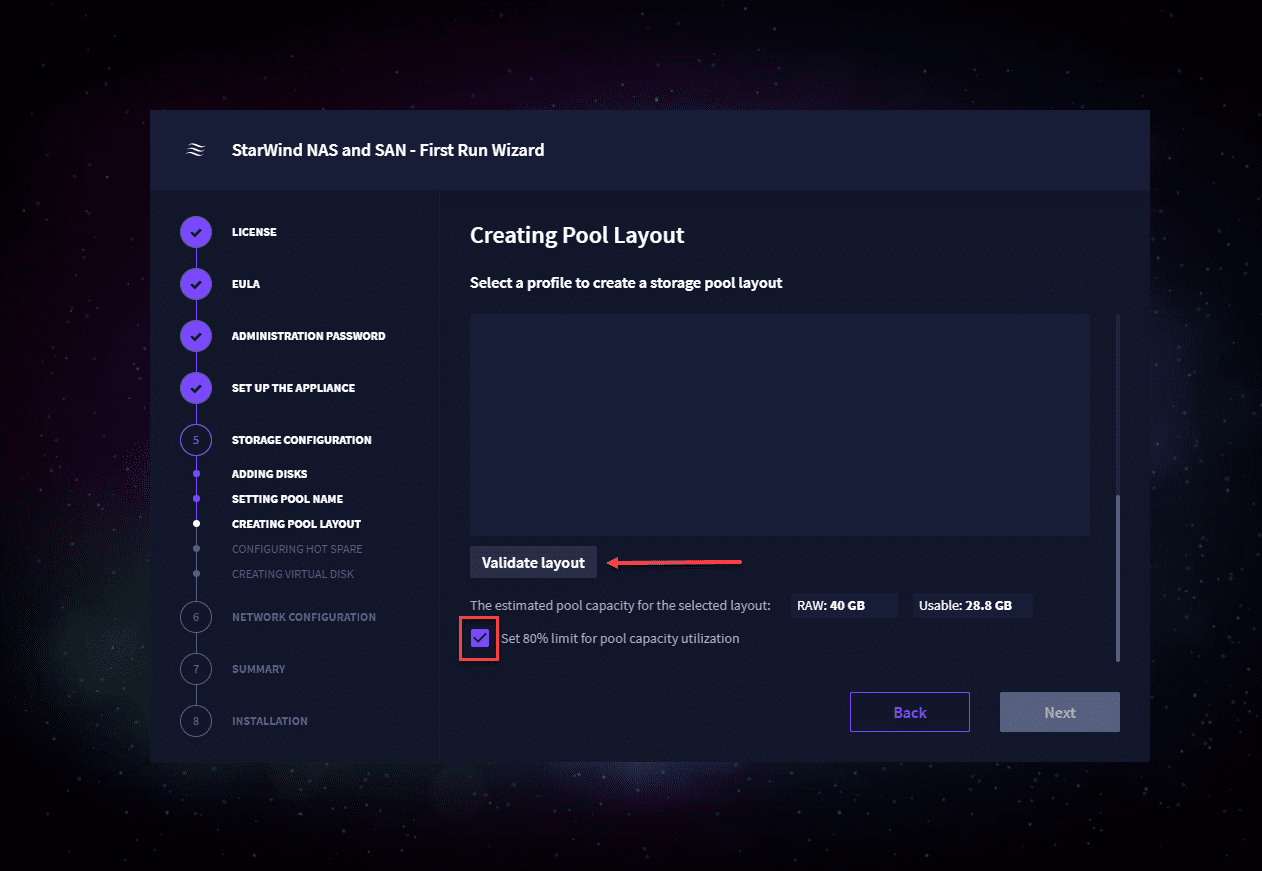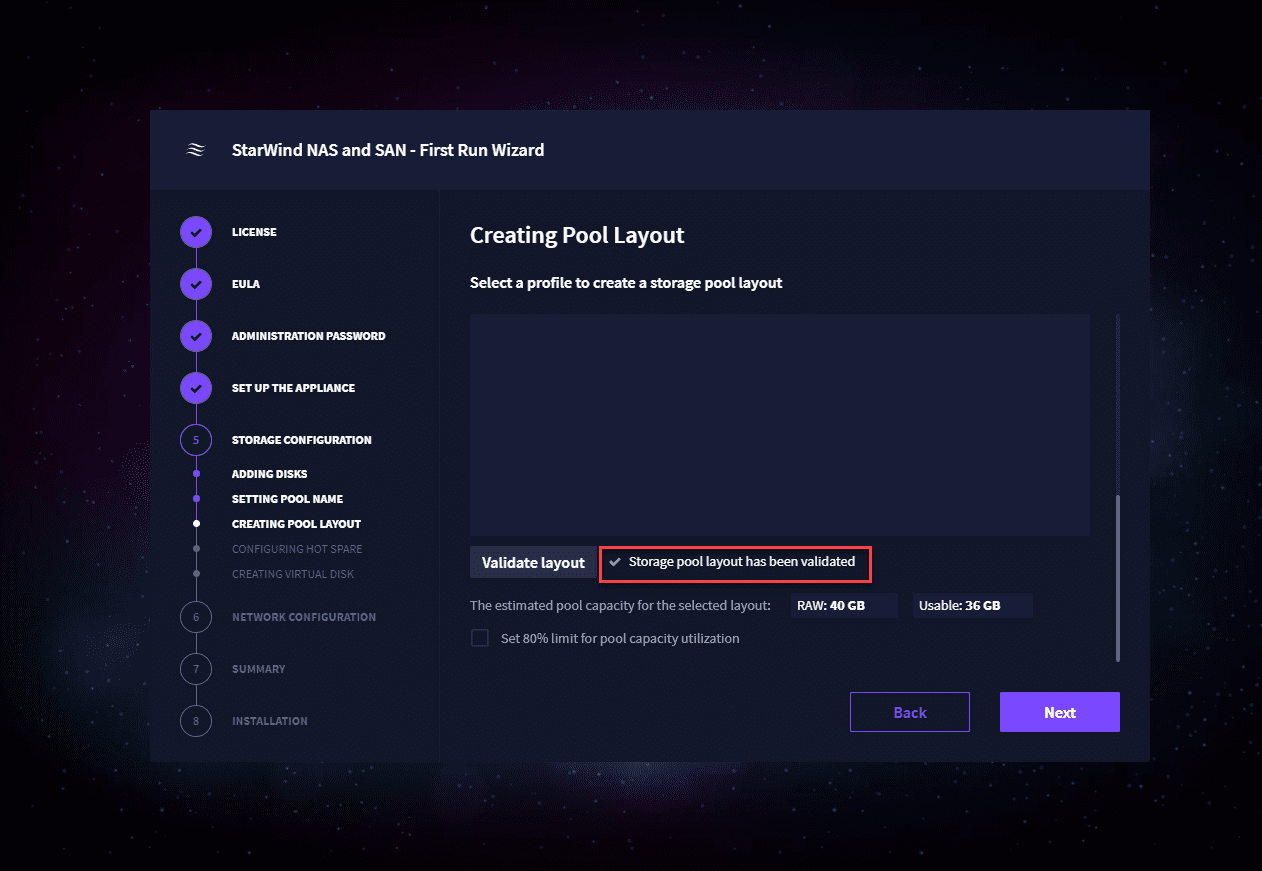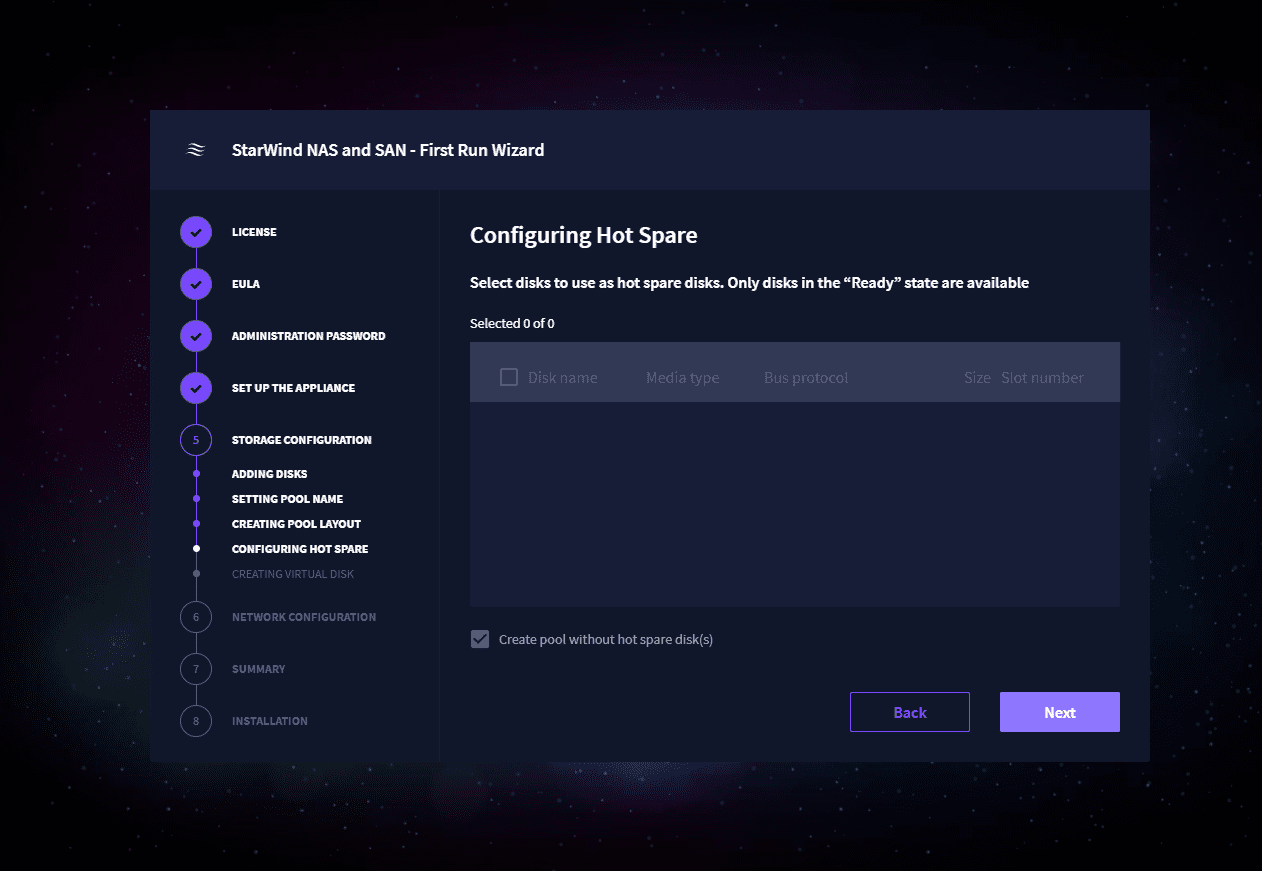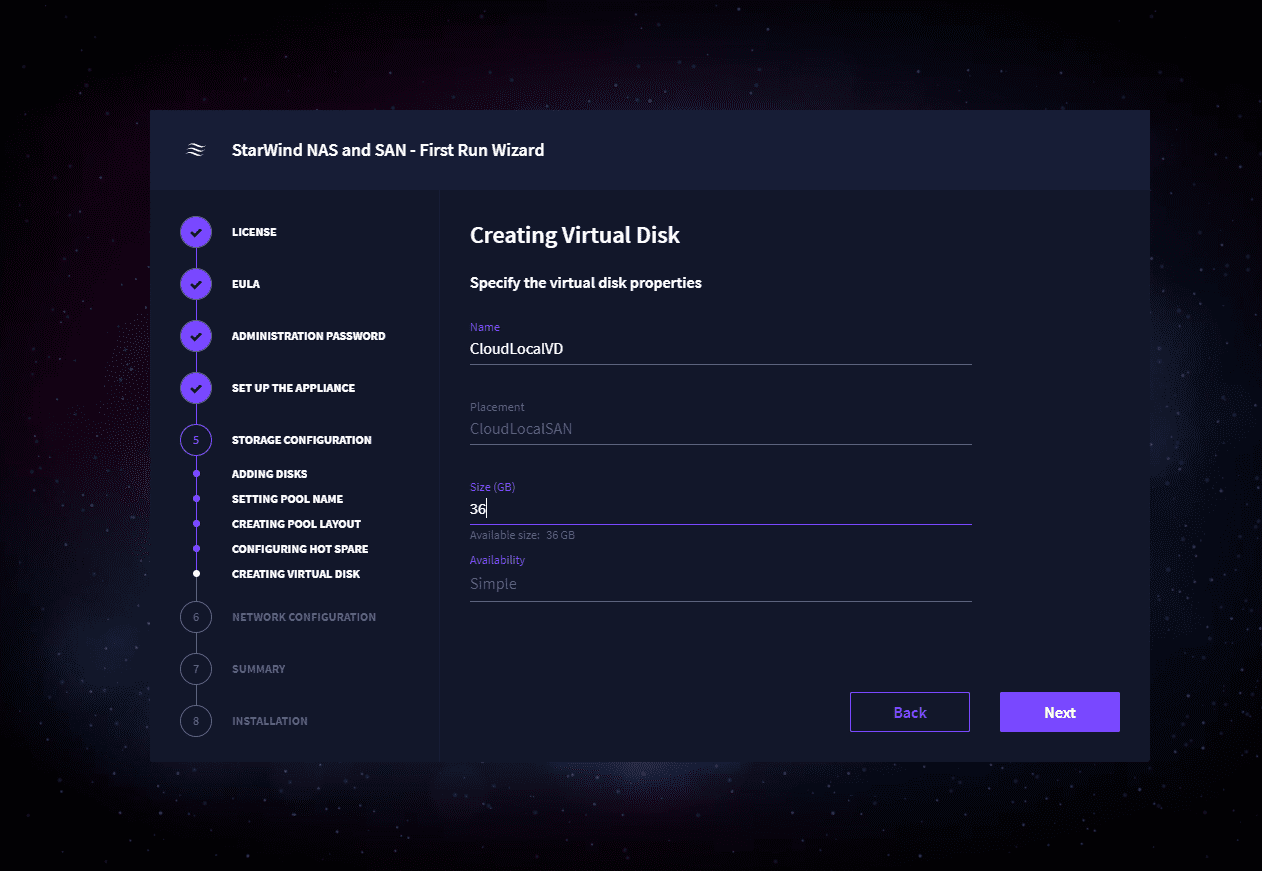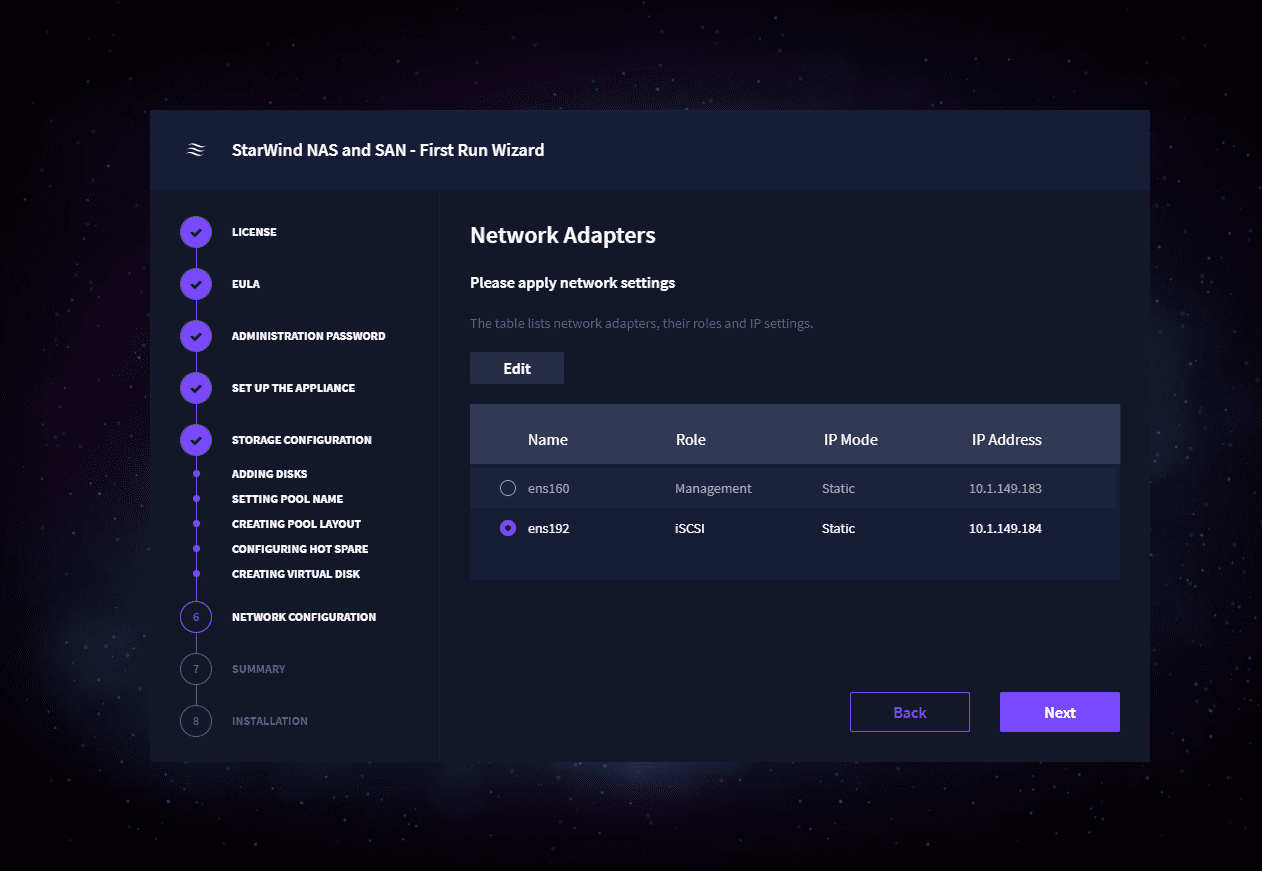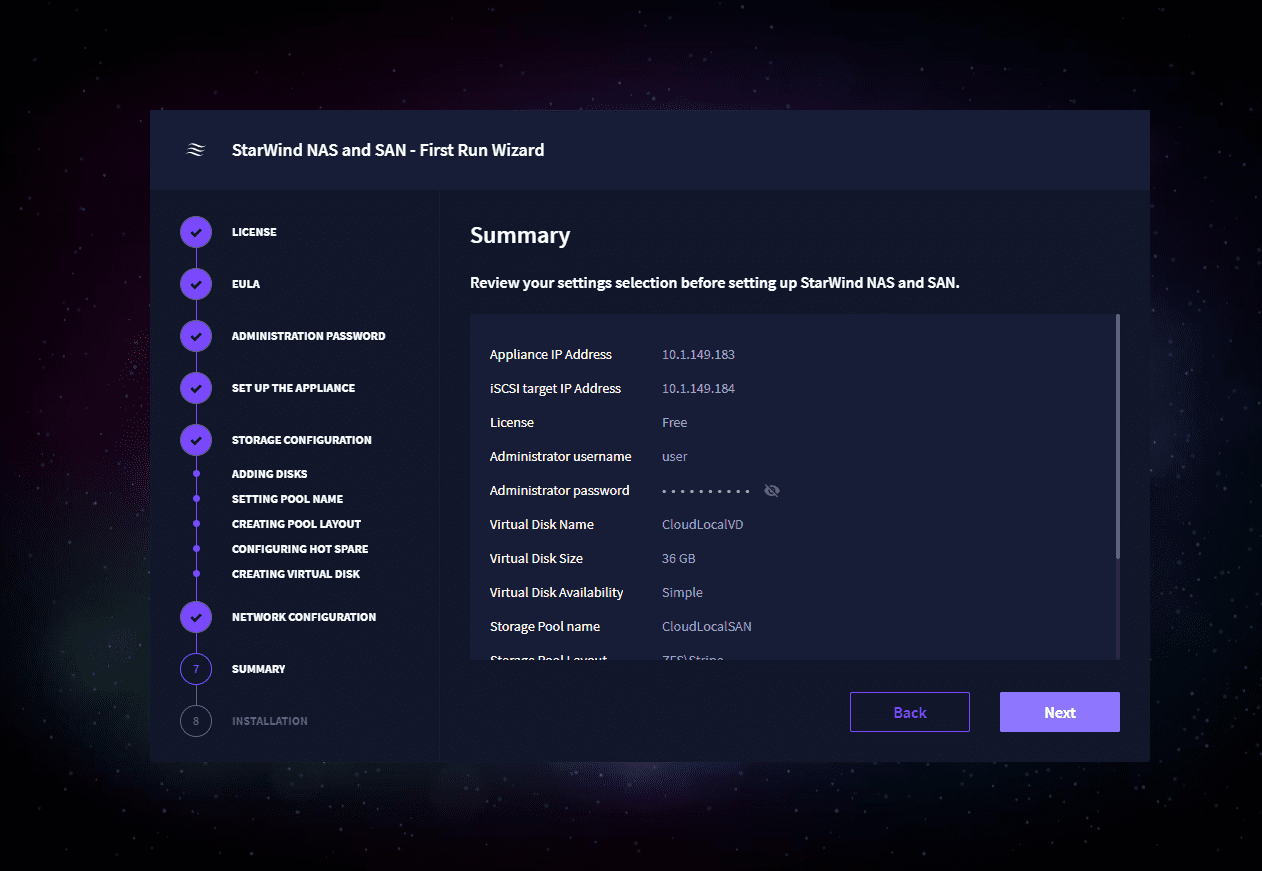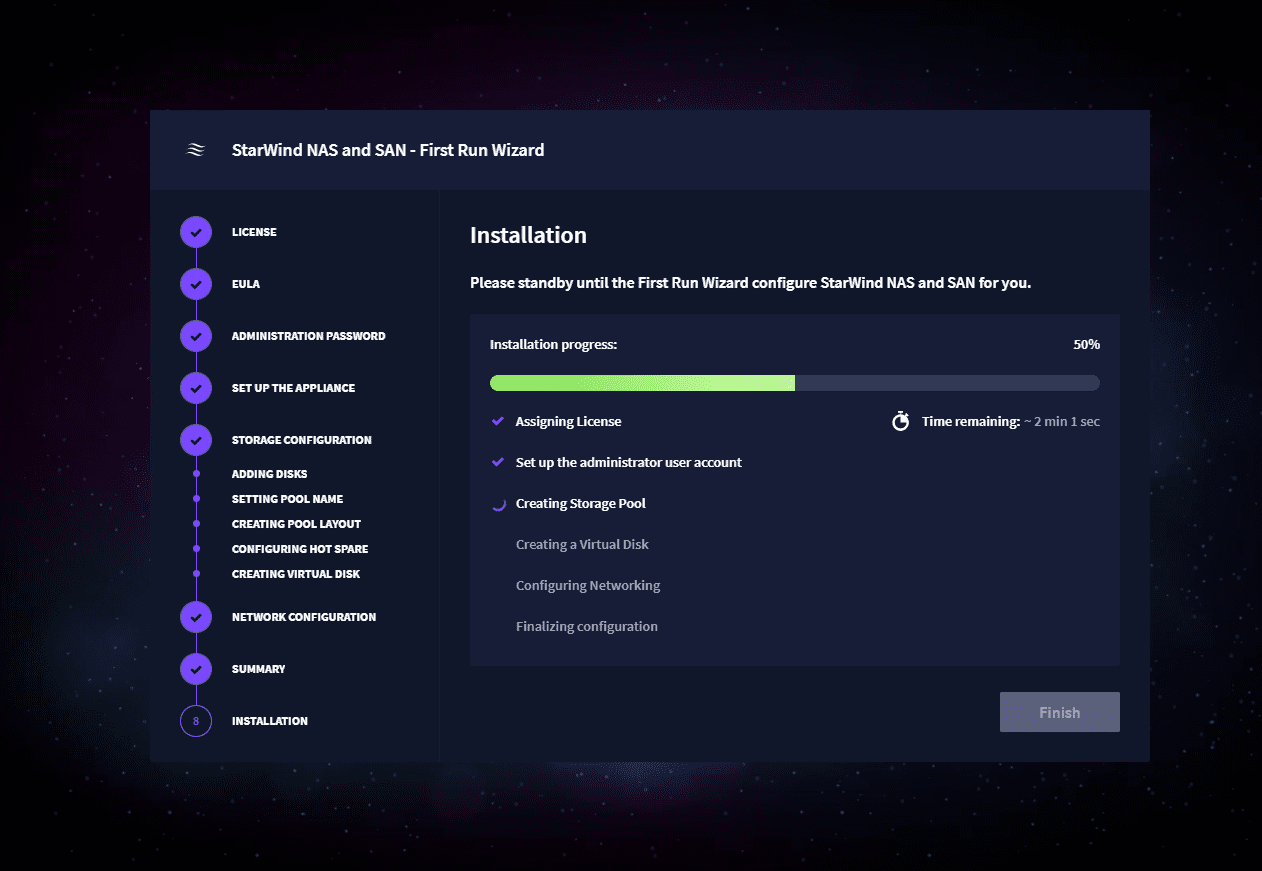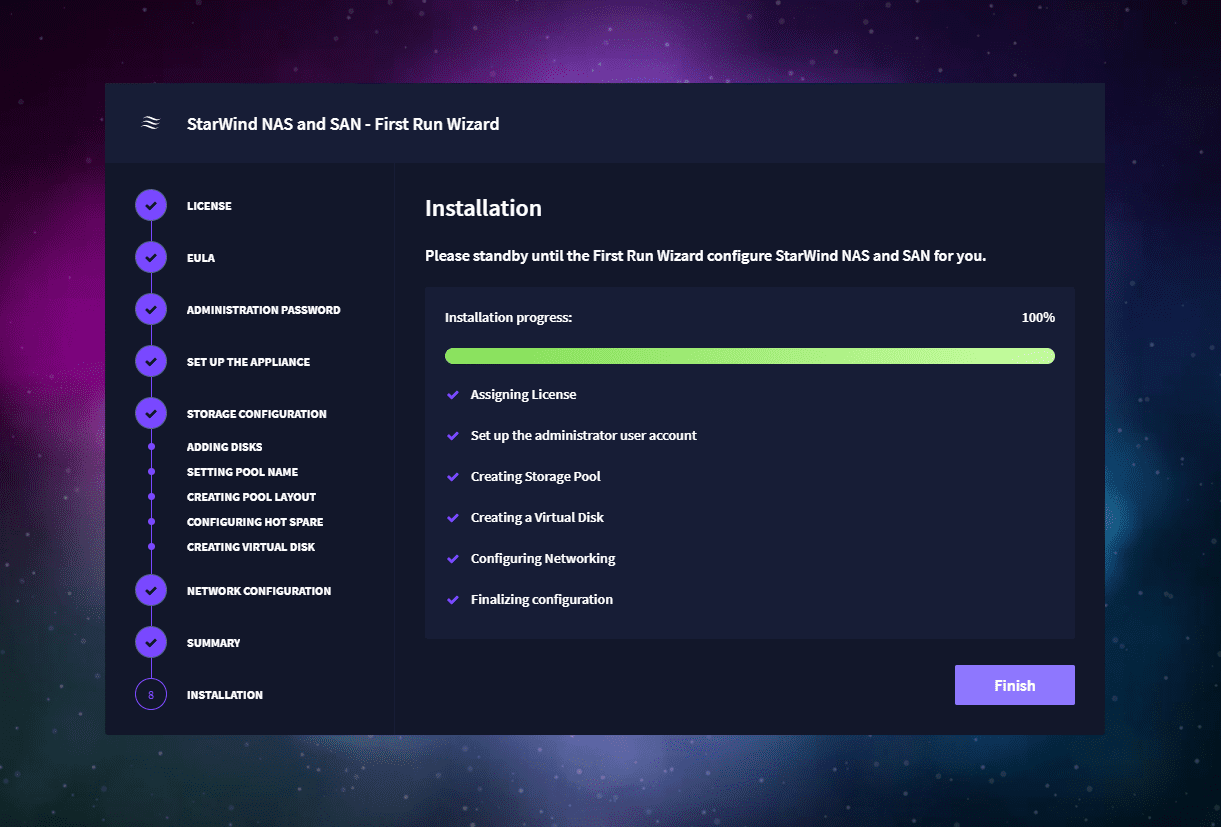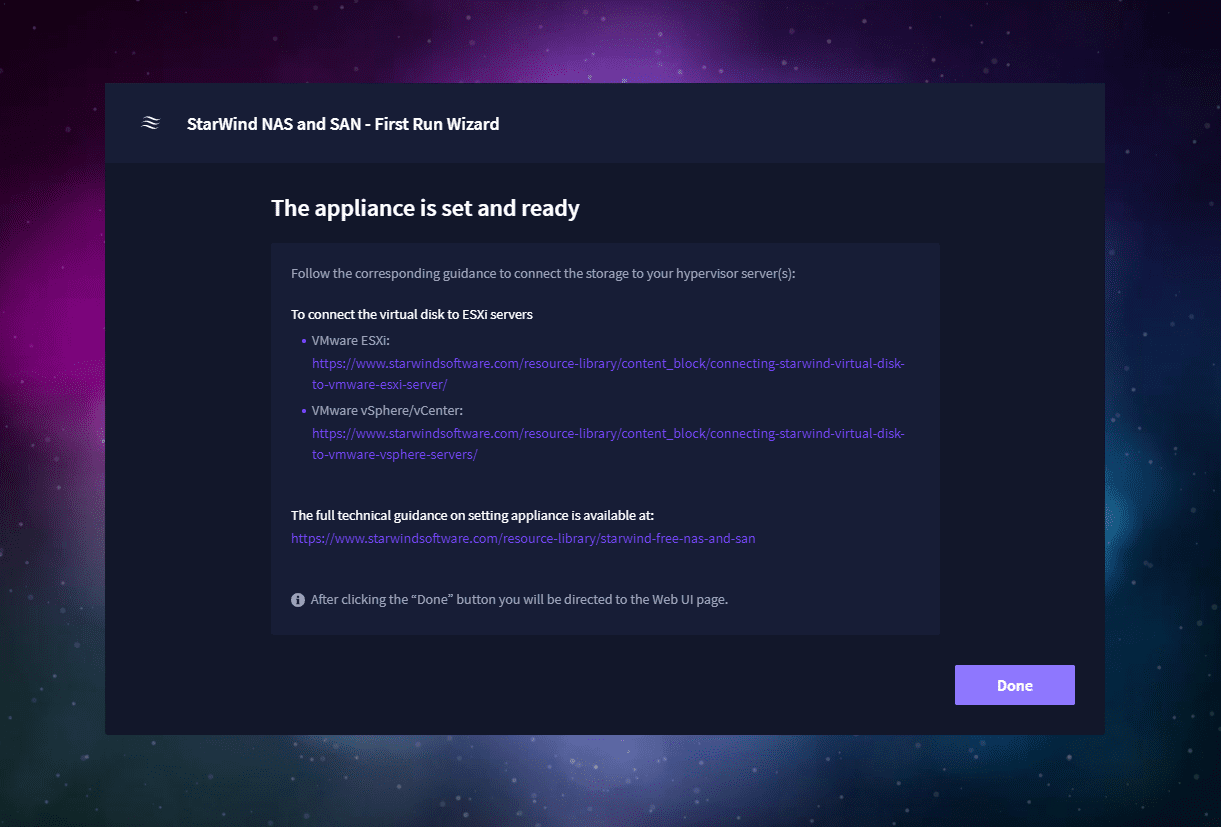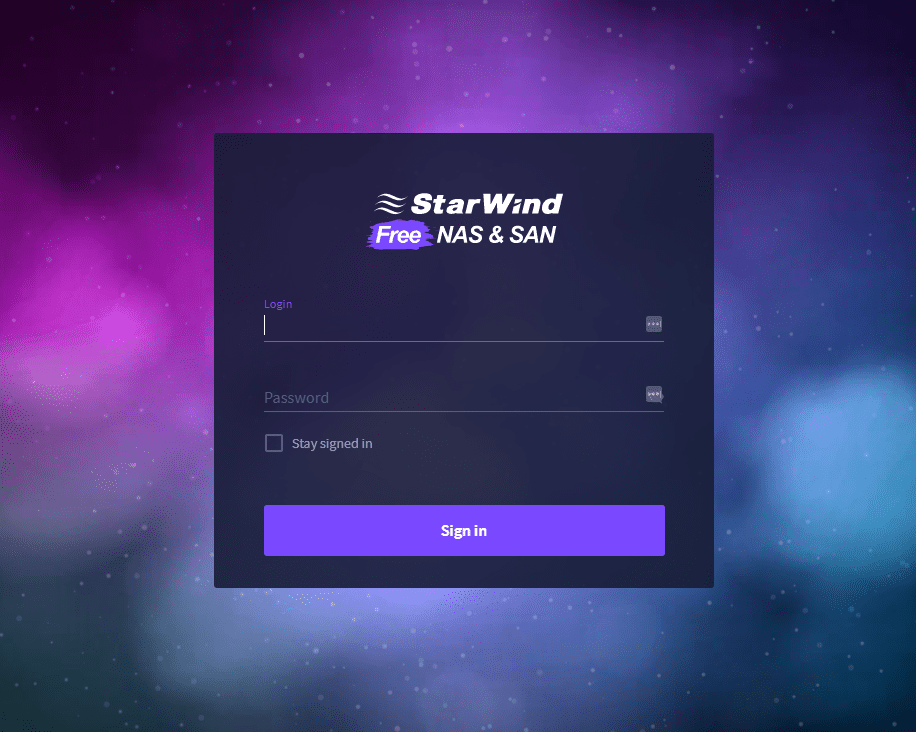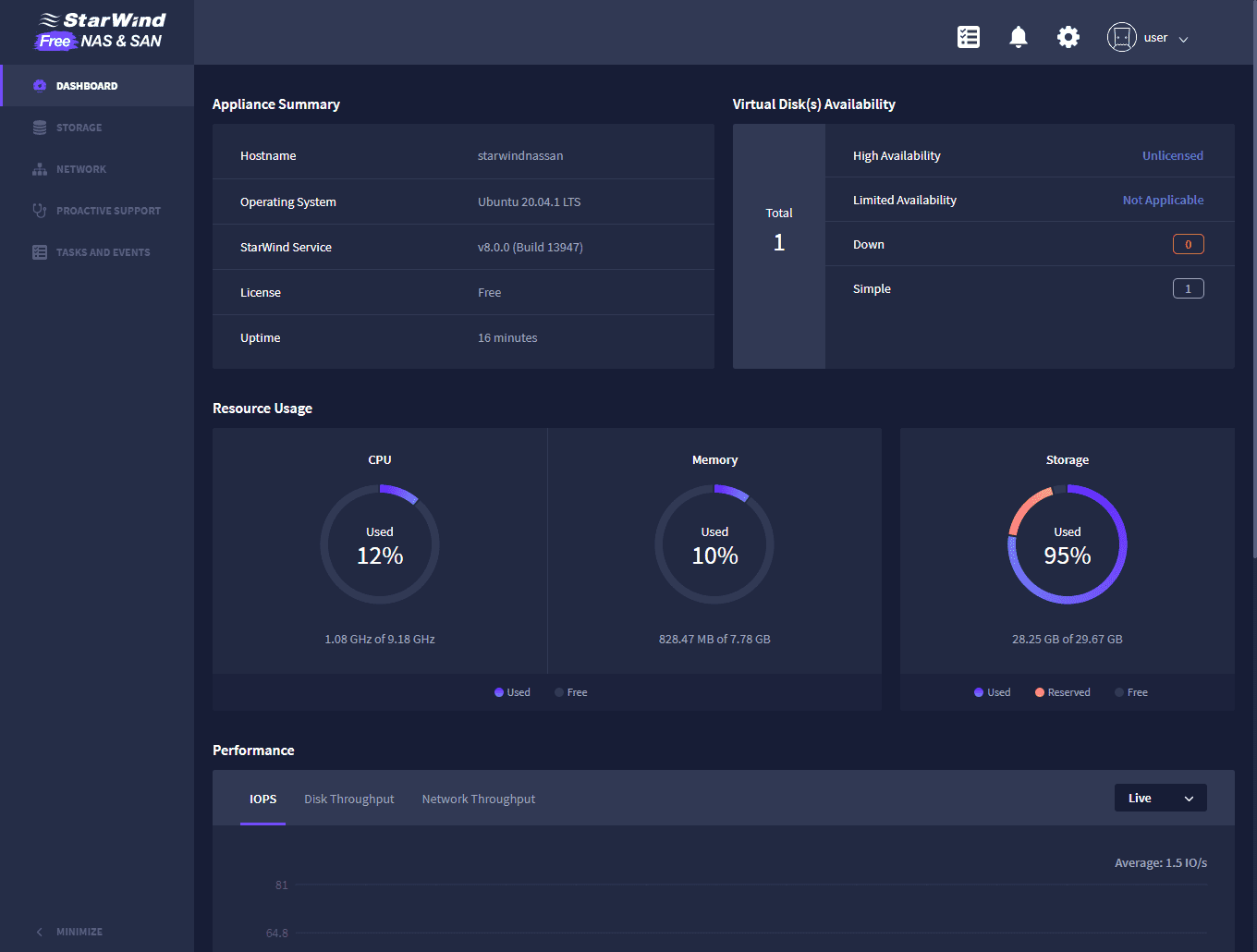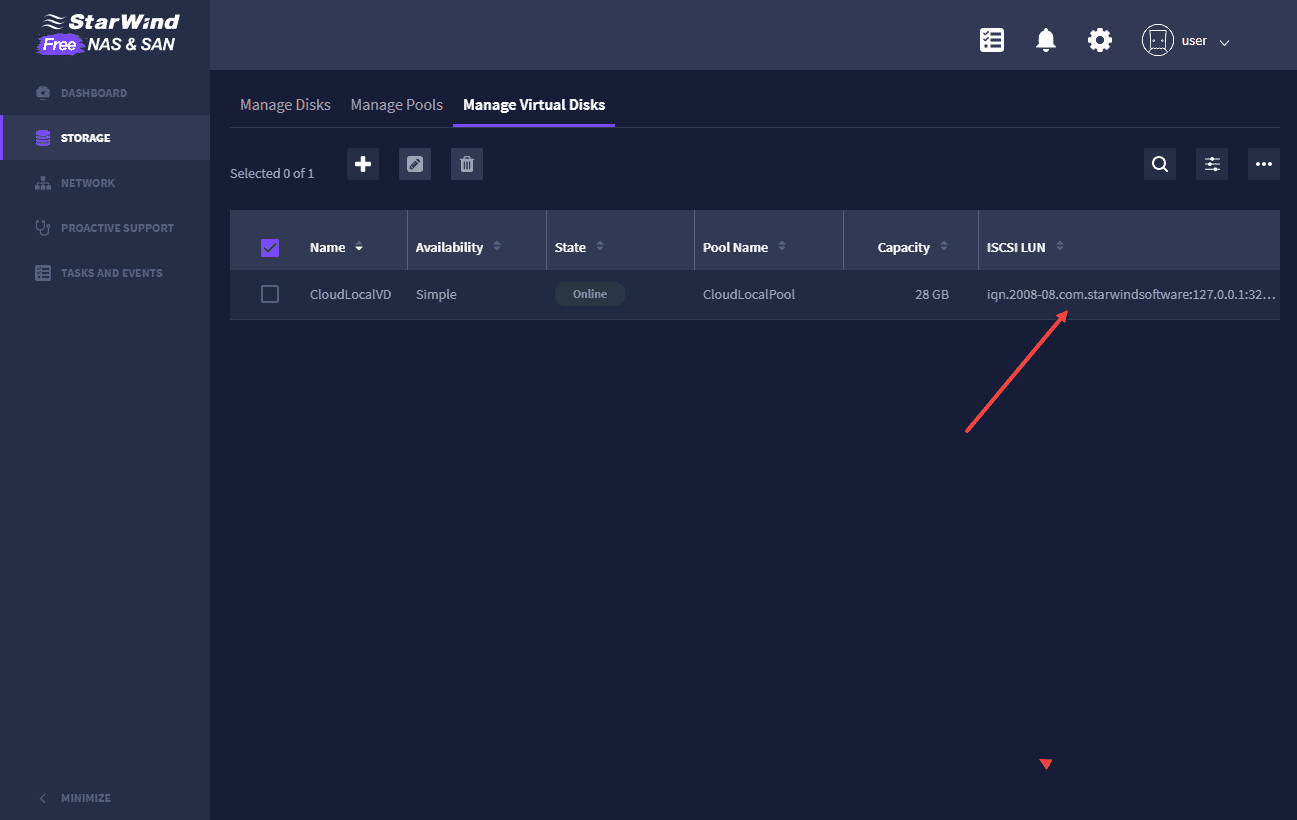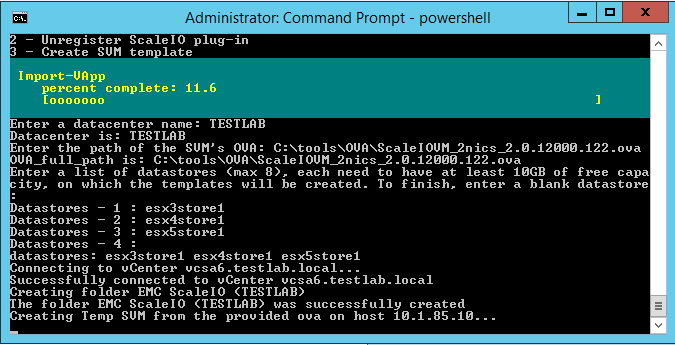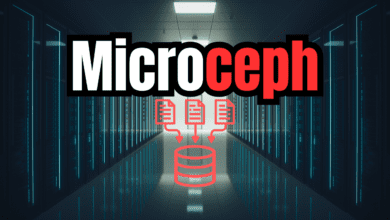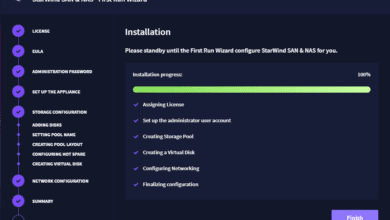StarWind SAN & NAS Free for VMware vSphere Released
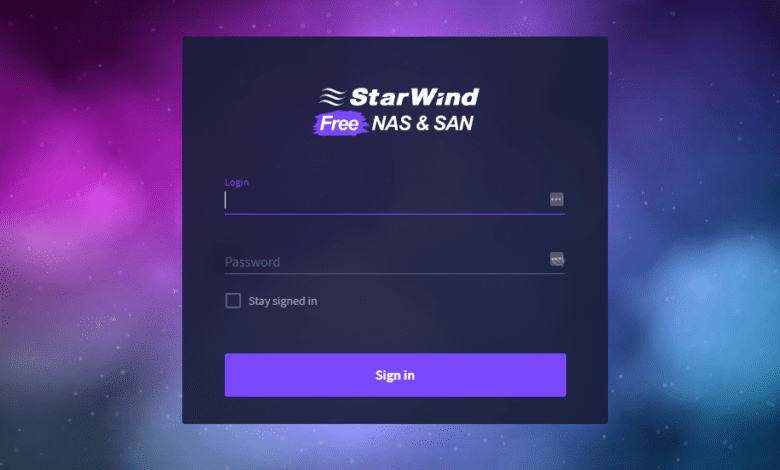
StarWind has released a new and very exciting new solution that is based on their robust VSAN solution, called StarWind SAN & NAS Free. This solution offers the ability to easily provision an enterprise NAS or SAN in your vSphere environment for free. The new StarWind SAN & NAS Free provides really great features for Remote Office Branch Office (ROBO) scenarios. Let’s dig in and look deeper at the StarWind SAN & NAS Free for VMware vSphere released and see what capabilities it offers and how businesses can potentially use this new offering. Also, I want to key in on how this benefits home lab environments.
What is StarWind SAN & NAS Free?
The new StarWind SAN & NAS Free is an “early access” product at the moment that is available for download from StarWind from the official link. You have to fill out the web form, and you will receive an email with the software download link and the license link.
The new StarWind NAS and SAN Free offering is downloaded as a prebuilt Linux appliance. When you download the solution, it will be a .ZIP file containing the OVF files, including the VMDK, etc. A point to note. You can install the virtual machine on either VMware vSphere or Microsoft Hyper-V. As we mentioned earlier, it contains the same DNA as StarWind VSAN. This provides many great ZFS features and the capability to use standard storage protocols, including iSCSI, SMB, NFS, etc.
StarWind is doing a great job of setting up administrators for success with the deployment of the NAS and SAN Free solution. This is seen with the extremely user-friendly installation wizard and the easy and intuitive web-based UI. One of the great things that the new StarWind NAS and SAN Free allows is repurposing hardware. As servers are retired from other production duties, these can potentially be repurposed in ROBO or edge scenarios as the physical storage infrastructure the NAS and SAN Free uses.
Installing and Configuring StarWind SAN & NAS Free
The installation and configuration of StarWind’s free SAN & NAS product is extremely easy and is all wizard-driven to take the complexity out of provisioning storage. If you are like me at this point, provisioning storage should not be some artisanal craft that has so many “nerd nobs” that you feel like you have to have a degree in that particular storage technology to provision. The technology world today is about applications and the speed at which we can get things running as well as scale those solutions. The public cloud has taught us “and vendors” a lot about that. So, many are making efforts now to make things quick and simple to get up and running.
It is great to see that StarWind is taking the complexity out of the process here as well. To install and configure the solution, simply download the OVF file and deploy it as usual in your vSphere environment. Below are the default hardware specs of the new StarWind SAN & NAS Free appliance after deploying in VMware vSphere.
After powering on the StarWind appliance, it boots and as you can see below, it is based on Ubuntu Linux.
StarWind SAN & NAS Free First Run Wizard
When you connect to the StarWind SAN & NAS Free appliance via the URL and port listed on the console, you will be greeted with the “First Run Wizard” that provides an extremely quick and easy way to get things up and running with your appliance.
Even though the solution is free, there is a license file that StarWind provides you with in the email you receive when signing up for the solution. Unzip the file and upload the license file via the browser Upload File button.
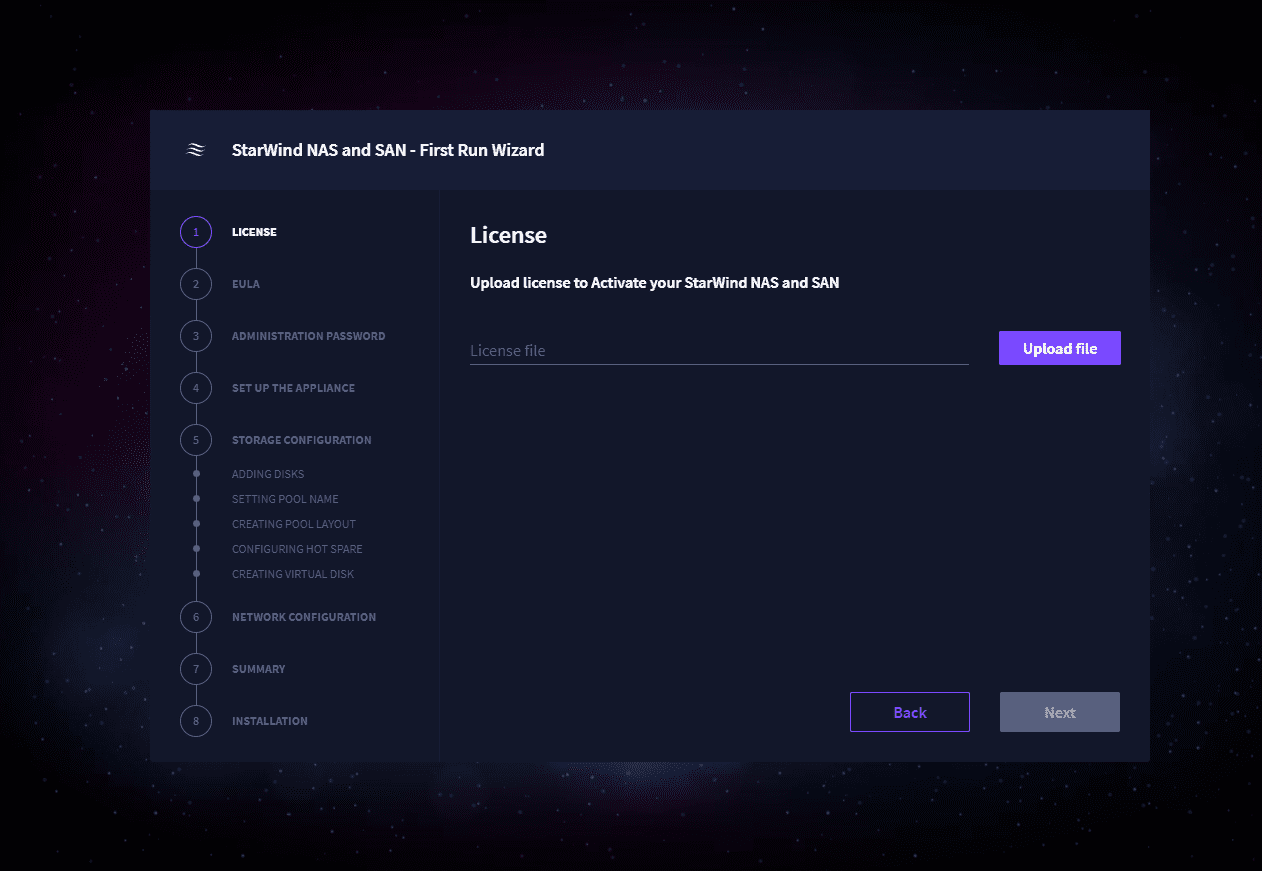
Normal stuff here. Accept the EULA.
Set the administrator password. One oddity I find in the configuration of the administrator user. The administrator account is set to “user” and you can’t change this. I may have missed something here, however, you cannot edit the username field.
At this point, StarWind prompts you to either proceed with the setup of the appliance or to skip setup. The setup consists of the steps to configure the storage for the appliance. If you want to do that later, you can choose the Skip setup button. However, it is great to get this step accomplished during the provisioning of the appliance.
I proceeded with the setup of the appliance storage configuration. If you didn’t add a disk to your appliance when you provisioned it (like me), you still have the opportunity to do this. I am simply using VMDKs attached to the appliance for storage. As a note here, this is for my lab environment, so I am just using VMDKs assigned to the appliance for storage. This screen details the supported storage configurations which include:
- Passthrough hardware RAID controller
- Passthrough Host Bus Adapter
- Attach VMDK disks based on top of Datastore
- Attach Physical disks via RDM
As you can imagine the hardware-based options here would be the most performant. I like the fact that you don’t have to shutdown the appliance to add disks. Simply click the Rescan Storage button to scan for any disks that have been added to the appliance.
Now, we get into the specifics of the storage configuration. First, set the Pool Name.
After the Pool Name, you will be prompted to create the Pool Layout. The Pool layout details the storage size, storage reservations, etc.
This next pic is of the same screen, except I have scrolled down on the screen to show the final part of the configuration. You have to click the Validate Layout button before you can proceed. Note the checkbox (checked by default) to limit to 80% for pool capacity utilization.
After clicking to validate the layout, you will see the message that the storage pool layout has been validated.
Configure any hot spares that you have added to the system. I don’t have any extra disks attached so it defaults to Create pool without hot spare disks.
Next, create the Virtual Disk by setting a name and storage size.
Next, StarWind gives you another opportunity in the Storage configuration to revisit your network configuration. This is configured first when you deploy the OVF template. However, here, you can edit and reconfigure the network if desired.
After the network configuration, you will see the Summary screen. Validate your configuration and click Next.
This begins the installation to apply the configuration you set in the First Run Wizard.
The installation of StarWind SAN & NAS Free completes successfully.
You will see the Done screen after you click the Finish button on the successful installation.
Login to the appliance with your user credentials.
The StarWind NAS and SAN Free interface is really good. I found it uncluttered, intuitive, and easy to navigate with a modern feel. And Dark Mode of course 🙂
One thing that I think is excellent about the configuration is it automatically provisions iSCSI on your Virtual Disk. This takes several steps out of configuring an appliance for iSCSI testing, etc. Basically, when you have the appliance First Run Wizard finished, you are ready to start attaching hosts to your configuration.
Easy NAS and SAN for Home Lab
Without a doubt, this is going to become my “go-to” solution for spinning up a quick NAS or SAN for testing iSCSI or NFS connectivity in the home lab. The new StarWind SAN & NAS Free provides an excellent solution for the home lab to be able to quickly stand up storage targets for nested labs, etc.
Wrapping Up
With StarWind SAN & NAS for VMware vSphere Released, StarWind has provided a really great solution for organizations to make use of in ROBO and edge environments as well as reusing old hardware that may be able to serve as storage hosts. As shown in the walkthrough, the StarWind SAN & NAS Free solution is extremely easy to configure and automatically provisions iSCSI for you out of the box. It will make for a great home lab solution for playing around with storage targets.
Check out the StarWind SAN & NAS Free for download here:
Check out my other coverage of StarWind solutions here:



